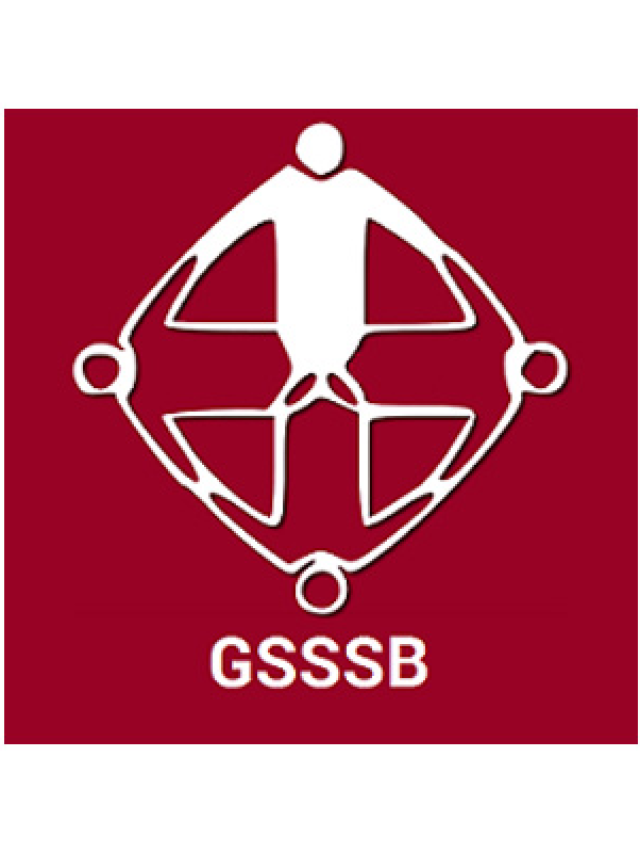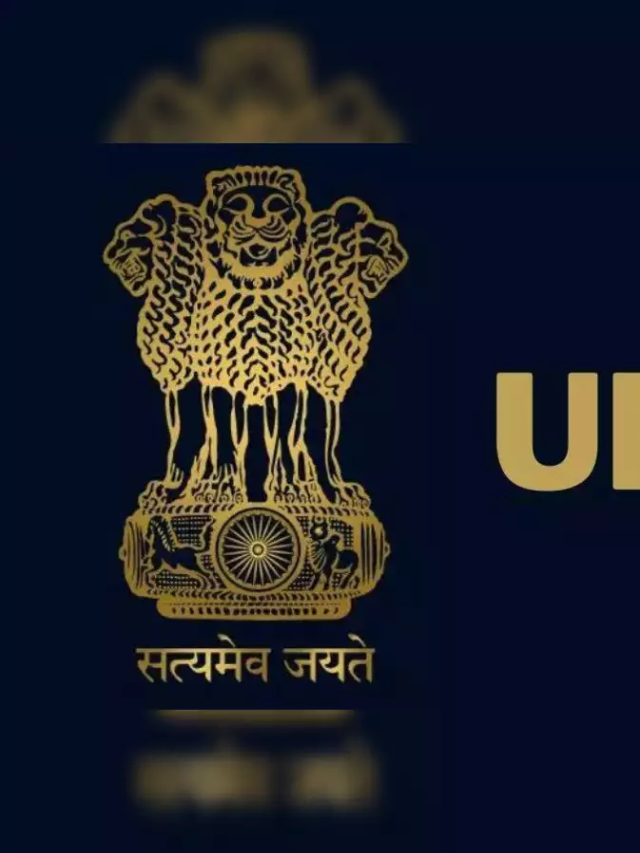NCERT Solutions for Class 9 Political Science Chapter 2 – Constitutional Design
The solutions for Chapter 2 of Democratic Politics-I are given below. Students should also check NCERT Solutions Class 9 for other subjects.
| Class | 9 |
| Subject | Social Science Political Science |
| Book | Democratic Politics |
| Chapter Number | 2 |
| Chapter Name | Constitutional Design |
Exercises Page No. 31
1. Here are some false statements. Identify the mistake in each case and rewrite these correctly based on what you have read in this chapter.
- Leaders of the freedom movement had an open mind about whether the country should be democratic or not after independence.
- Members of the Constituent Assembly of India held the same views on all provisions of the Constitution.
- A country that has a constitution must be a democracy.
- Constitution cannot be amended because it is the supreme law of a country.
Answer.
- Leaders of the freedom movement had a consensus that after independence, India will be a democratic nation.
- Members of the constituent assembly of India held the same views on the basic principles of the Constitution.
- A country that is a democratic country must have a Constitution.
- A Constitution can be amended with time and the needs of the citizens.
2. Which of these was the most salient underlying conflict in the making of a democratic constitution in South Africa?
- Between South Africa and its neighbours
- Between men and women
- Between the white majority and the black minority
- Between the coloured minority and the black majority
Answer.
D. A conflict between the coloured minority and the black majority was the most underlying conflict in the making of the South-African constitution.
3. Which of these is a provision that a democratic constitution does not have?
- Powers of the head of the state
- Name of the head of the state
- Powers of the legislature
- Name of the country
Answer.
B. Name of the head of the state
4. Match the following leaders with their roles in the making of the Constitution:
| Motilal Nehru | President of the Constituent Assembly |
| B.R. Ambedkar | Member of the Constituent Assembly |
| Rajendra Prasad | Chairman of the Drafting Committee |
| Sarojini Naidu | Prepared a Constitution for India in 1928 |
Answer.
| Motilal Nehru | Prepared a Constitution for India in 1928 |
| B.R. Ambedkar | Chairman of the Drafting Committee |
| Rajendra Prasad | President of the Constituent Assembly |
| Sarojini Naidu | Member of the Constituent Assembly |
5. Read again the extracts from Nehru’s speech ‘Tryst with Destiny’ and answer the following:
- Why did Nehru use the expression “not wholly or in full measure” in the first sentence?
- What pledge did he want the makers of the Indian Constitution to take?
- “The ambition of the greatest man of our generation has been to wipe every tear from every eye”. Who was he referring to?
Answer.
- Jawahar Lal Nehru in his speech, ‘Tryst with Destiny’ used the expression, ‘not wholly or in full measure’ as for him nation-building was a challenging task which can’t be achieved overnight. Hence, for nation-building, he wanted it to be a gradual process.
- Nehru wanted makers of the Indian constitution to take a pledge of dedication to the service of India and her people and to the still larger cause of humanity.
- Nehru was referring to Mahatma Gandhi, the father of our nation.
6. Here are some of the guiding values of the Constitution and its meaning. Rewrite them by matching them correctly.
| Sovereign | The government will not favour any religion |
| Republic | People have the supreme right to make decisions |
| Fraternity | Head of the state is an elected person |
| Secular | People should live like brothers and sisters |
Answer.
| Sovereign | People have the supreme right to make decisions |
| Republic | Head of the state is an elected person |
| Fraternity | People should live like brothers and sisters |
| Secular | The government will not favour any religion |
7. How did your school celebrate Constitution Day on November 26th? Prepare a brief report.
Answer.
Students should write their report on their own if they have celebrated Constitution Day on November 26th.
8. Here are different opinions about what made India a democracy. How much importance would you give to each of these factors?
- Democracy in India is a gift of the British rulers. We received training to work with representative legislative institutions under the British rule.
- Freedom Struggle challenged the colonial exploitation and denial of different freedoms to Indians. Free India could not be anything but democratic.
- We were lucky to have leaders who had democratic convictions. The denial of democracy in several other newly independent countries shows the important role of these leaders.
Answer.
- Democracy was chosen as the prime value of our nation during the freedom struggle that we fought against the British. Yes, with the Indian Councils Act, Indians started participating in the councils and hence, their experiences paved the way for legislative institutions in independent India.
- Freedom struggle did challenge the colonial exploitation but it worked for democracy by making laws with consensus and not imposing anything on anyone.
- Our freedom struggle fought a bloodless struggle with tools like ‘Satyagraha’ and ‘Ahimsa.’ These struggles were undertaken to free India from the clutches of Britishers and give Indian the freedom they deserve.
9. Read the following extract from a conduct book for ‘married women’, published in 1912. ‘God has made the female species delicate and fragile both physically and emotionally, pitiably incapable of self-defence. They are destined thus by God to remain in male protection – of father, husband and son – all their lives. Women should, therefore, not despair, but feel obliged that they can dedicate themselves to the service of men’. Do you think the values expressed in this para reflected the values underlying our constitution? Or does this go against the constitutional values?
Answer.
The values expressed in the above-mentioned para do not reflect the values underlying our Constitution. Our constitution gives fundamental rights to each of its citizens regardless of gender, caste, sex, place of birth and religion. Women are given equal rights as men in our constitution through various Acts.
10. Read the following statements about a constitution. Give reasons why each of these is true or not true.
- The authority of the rules of the constitution is the same as that of any other law.
- Constitution lays down how different organs of the government will be formed.
- Rights of citizens and limits on the power of the government are laid down in the constitution.
- A constitution is about institutions, not about values
Answer.
- Not true because the Constitution is the supreme law.
- True, as the constitution decided the legislature, executive and judiciary role and powers.
- True, as the Constitution has provided Fundamental Rights to each and every citizen of India.
- Not true as the Constitution holds values on which all institutions work. Our preamble states about values – justice, liberty, fraternity, and equality.
Chapter 2 – Constitutional Design Summary
Chapter 2 of NCERT Class 9 Social Science Civics textbook – Democratic Politics-I explains the basics of the Indian constitution. How did the Constitution come into the picture, and what does it signify? Students will learn how important the Indian constitution is for our democracy and how it binds us all together. A detailed discussion about the South-African constitution is included in the chapter too.
The students will also get to know about the following topics:
1. Democratic Constitution In South Africa
- Towards a new constitution
2. Why Do We Need A Constitution?
3. Making Of The Indian Constitution
- The path to the Constitution
- The Constituent Assembly
4. Guiding Values Of The Indian Constitution
- The Dream and the Promise
- Philosophy of the Constitution
- Institutional design








